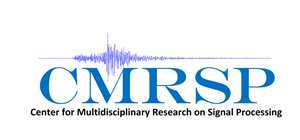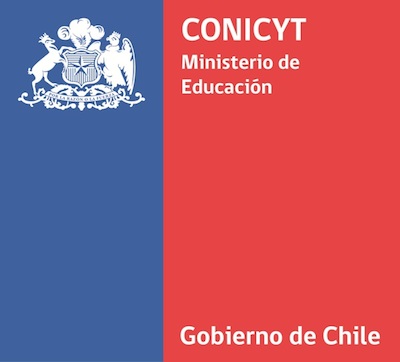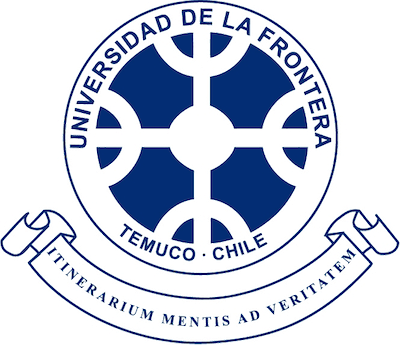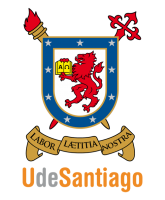
Vulcanology
 Figure 1. Volcano Llaima, IX Region of Chile. One of the most active volcanoes in South America.
Figure 1. Volcano Llaima, IX Region of Chile. One of the most active volcanoes in South America.
SIGNAL PROCESSING AND PATTERN RECOGNITION OF VOLCANIC SEISMIC SIGNALS
The volcanic chain of the Southern Andes is part of an active tectonic boundary between the oceanic Nazca plate and the continental plate of South America, This is why Chile has an intense volcanic activity. Changes in volcanic activity involve variations in quantity and characteristics of the seismicity, as well as the modification of the chemical composition of the gases in fumaroles, landslides, etc. The study of volcanoes has the objective at finding patterns (earthquakes, gases, thermal anomalies) which may represent a precursor for eruption, and also to track ongoing eruptions and develop predictive models of volcanic systems.SERNAGEOMIN (National Service of Geology and Mining) through its National Volcano Monitoring Network program, has the responsibility to monitor the most active volcanoes in Chile in order to protect the population and infrastructure of the country. The monitoring is done primarily through the generation of different alert levels, identified by colors (green: calm, yellow: warning, red: alarm) which, together with an appropriate training, deliver a framework for action to the authorities and people. The OVDAS (Observatorio Vulcanológico de los Andes Sur) is the agency dependent of SERNAGEOMIN responsible for monitoring volcanoes. OVDAS installed a monitoring network that has a large amount of equipment for monitoring volcanoes, which emphasizes the monitoring of volcanic seismicity (see Figure 2).
 Figure 2. Outline of monitoring activity of a volcano. Primary processing performs the identification of the volcanic events and is the basis to perform the following steps.
Figure 2. Outline of monitoring activity of a volcano. Primary processing performs the identification of the volcanic events and is the basis to perform the following steps.
The large flow of information from seismic monitoring networks (with more than 80 stations online today) requires tools to support information processing, which ensure timely delivery of basic information for monitoring, interpretation of data and the creation of models. There is therefore a need to support the analysis of seismic signals, which are the basis for monitoring, making it a computer-assisted process. The main benefit of a system that automates the identification of events is to reduce the large amounts of time that the analysis of OVDAS require for primary processing and thus guide the efforts of the experts toward more advanced analysis.
Processing and identification of seismic events at volcanoes is a nontrivial task, requiring sophisticated methods of signal processing and pattern recognition. It is therefore necessary to create a multidisciplinary group for relating problems of geology and seismicity of volcanoes with mathematics and computational tools that can be used for analysis. The Center for Multidisciplinary Research in signal processing took the challenge to develop tools for this problem. The aim is to automate certain tasks of the OVDAS and thus provide support the important work that this institution performs.

Figure 3. Observatorio Vulcanológico de los Andes Sur (OVDAS). Public Entity in charge of monitoring the most active volcanoes in Chile.
 Proyecto Anillo
Proyecto Anillo


